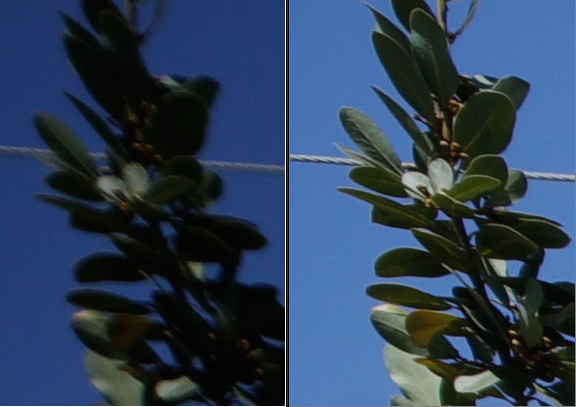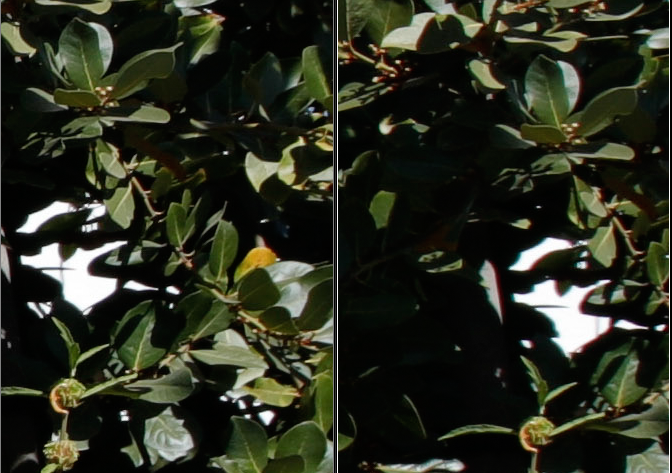As I mostly use my Canon 16-35 f/4 IS at the wide end of its zoom range, I began wondering if I might be served better by a prime. The Irix 15mm is one of the few options available and is inexpensive enough to give it a try. While not sold in the United States as of this writing, ebay and Fototip from Poland came through for me.
Build Quality
I would consider the build quality very good. I bought the firefly version for weight reduction. It is plastic, but feels solid. I would place the build quality somewhere between that of the modern plastic Canon L lenses and Canon's non-L lenses. The Irix Firefly is weather sealed (but not on the front element like the Blackstone version). Overall I have no problems with the build quality.
Features
There are several features that distinguish the Irix from its closest competition, namely the Samyang 14mm f/2.8 and to a lesser extent, the Zeiss 15mm f/2.8. First, it has a locking ring for the focus. This is particularly nice for a manual focus lens where obtaining critical focus can take precious time while shooting. There was one minor flaw here. The focus ring would drag the lock ring along with it slightly. Not a big deal, but annoying.
Second, it has 95mm threads for using proper front filters. If you want to use a polarizer on a lens wider than 16mm, you are choosing between the Irix and the Zeiss. That being said, there are many great options slightly longer than 15mm that take more normal 77mm filters. 95mm filters aren't cheap and the thread size isn't common outside of long tele lenses.
Finally, there is an indent in the focusing for infinity focus. This makes it easier to set fast and precise focus while shooting through the viewfinder or in dark conditions, as long as that focus is infinity. There is also a panel to adjust the focusing ring for critical applications. I suspect few people will actually need to take advantage of this, but the few that do will be very appreciative.
Image Quality
I am not going to try to repeat technical measurements reported elsewhere that I have no ability to make. The Irix has very low distortion for an ultra-wide. It is mild barrel distortion, which is very easy to correct in software if necessary. Vignetting is pretty severe wide open and becomes benign by f/8 but doesn't completely disappear.
 |
| Vignetting at f/2.5 |
 |
| Vignetting at f/8.0 |
 |
| Center sharpness at f/2.5 (left) and f/8.0 (right) |
 |
| Mid-frame sharpness at f/2.5 (left) and f/8.0 (right) |
 |
| Extreme corner sharpness at f/2.5 (left) and f/8.0 (right) |
 |
| Irix 15mm (left) vs Canon 16-35mm f/4 IS @ 16mm (right) both f/8.0. 100% crop taken from mid-frame. |
This comparison should be taken with a grain of salt. The differences were easily within the margin of error of the focusing placement. I mean only to say here that the Irix is comparable to the Canon, which we already know is an excellent lens.
Conclusion
I am impressed. This is a lens that will stay in my bag and probably replace my Canon.
Pros:
-Price
-Build quality
-Image sharpness
-Option to use front filters
-Focusing Lock
-Infinity focus indent
Cons:
-Cost of 95mm filters
-Vignetting
Full Set of Sample and Test Images
Conclusion
I am impressed. This is a lens that will stay in my bag and probably replace my Canon.
Pros:
-Price
-Build quality
-Image sharpness
-Option to use front filters
-Focusing Lock
-Infinity focus indent
Cons:
-Cost of 95mm filters
-Vignetting
Full Set of Sample and Test Images













